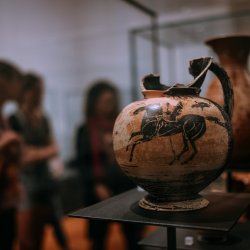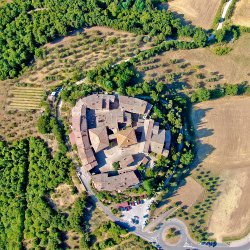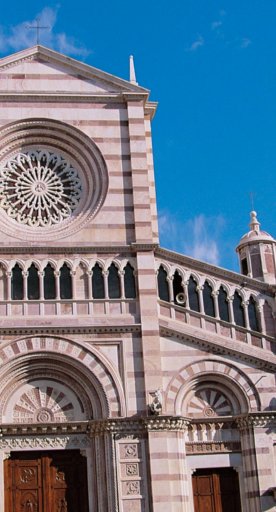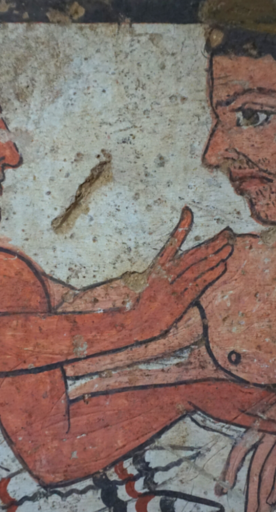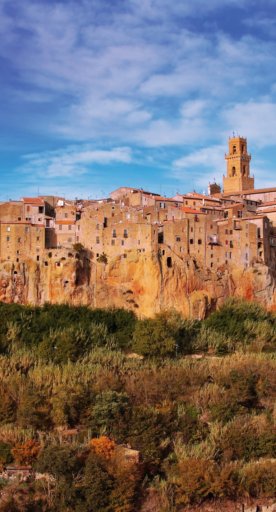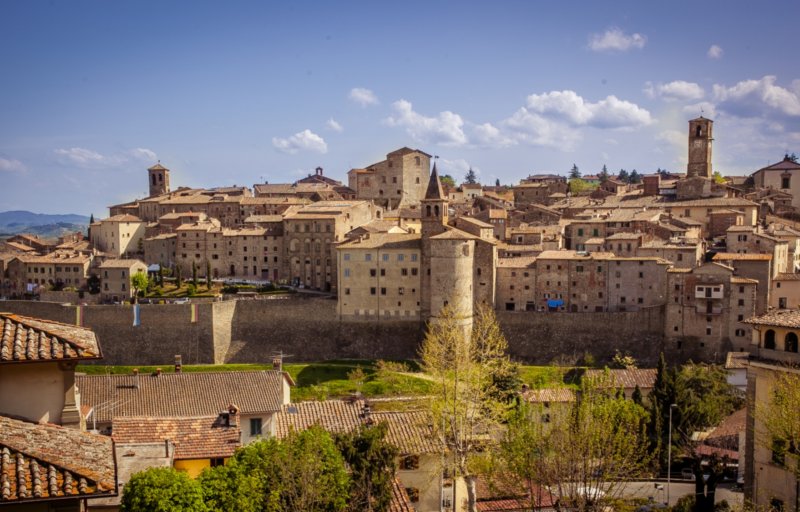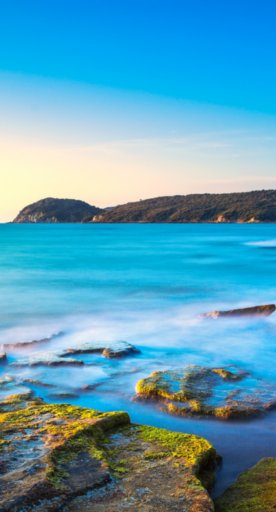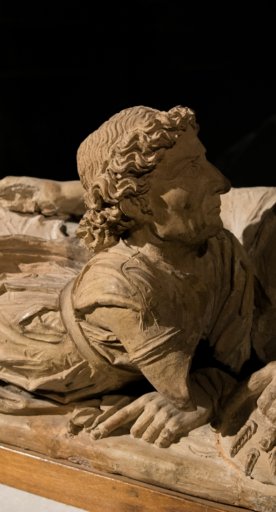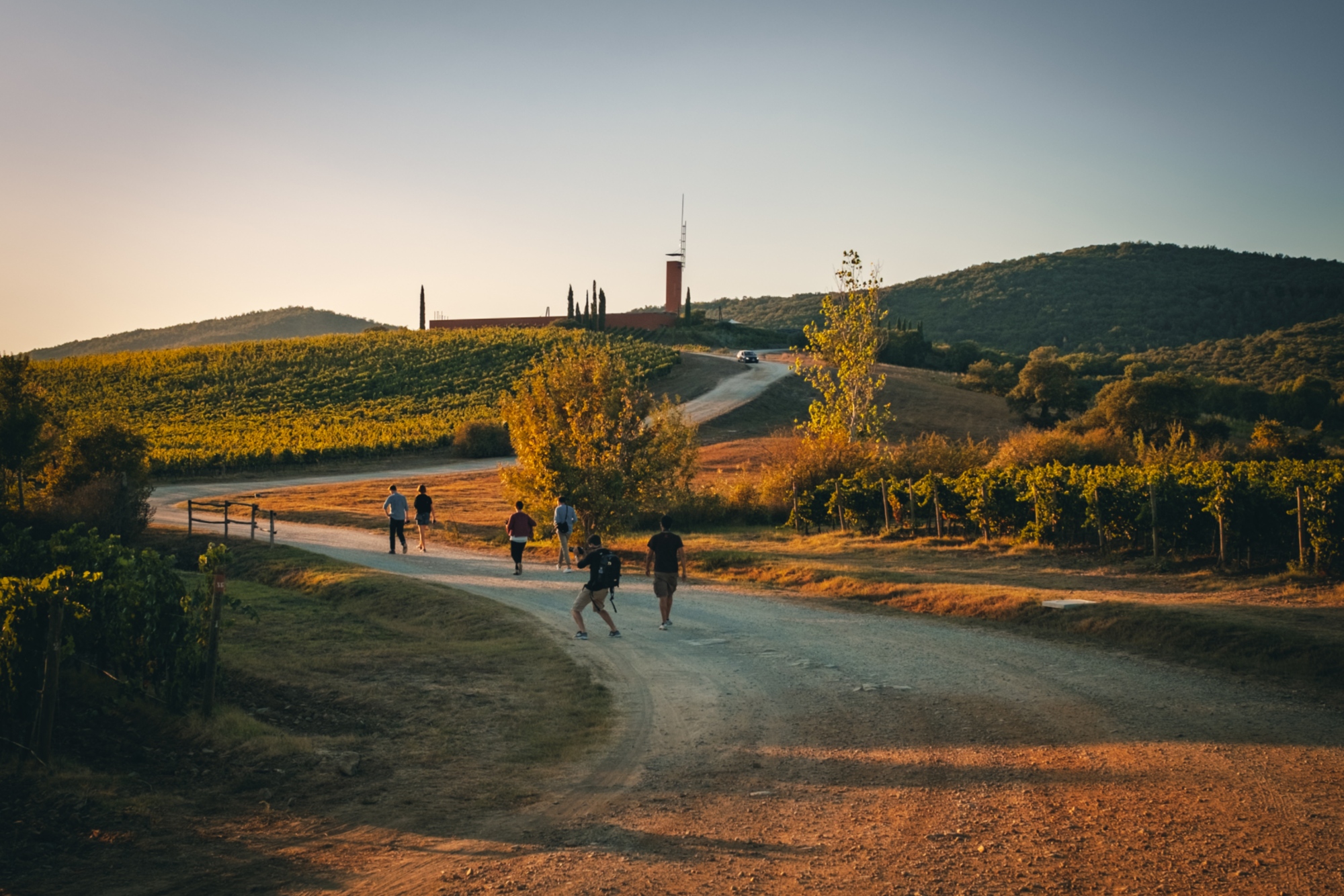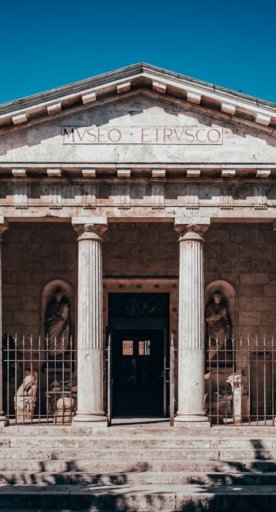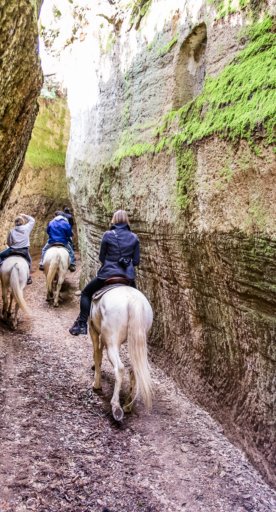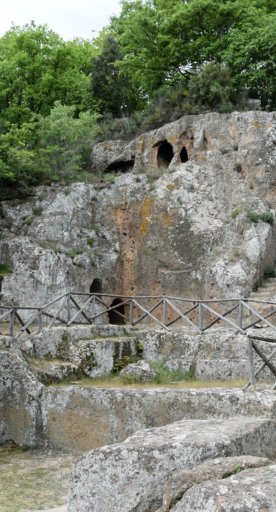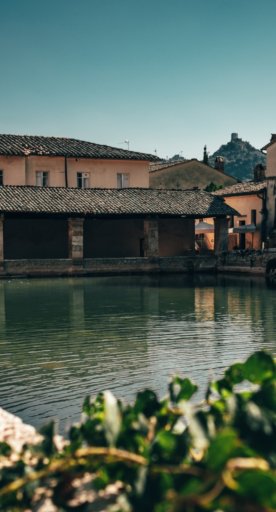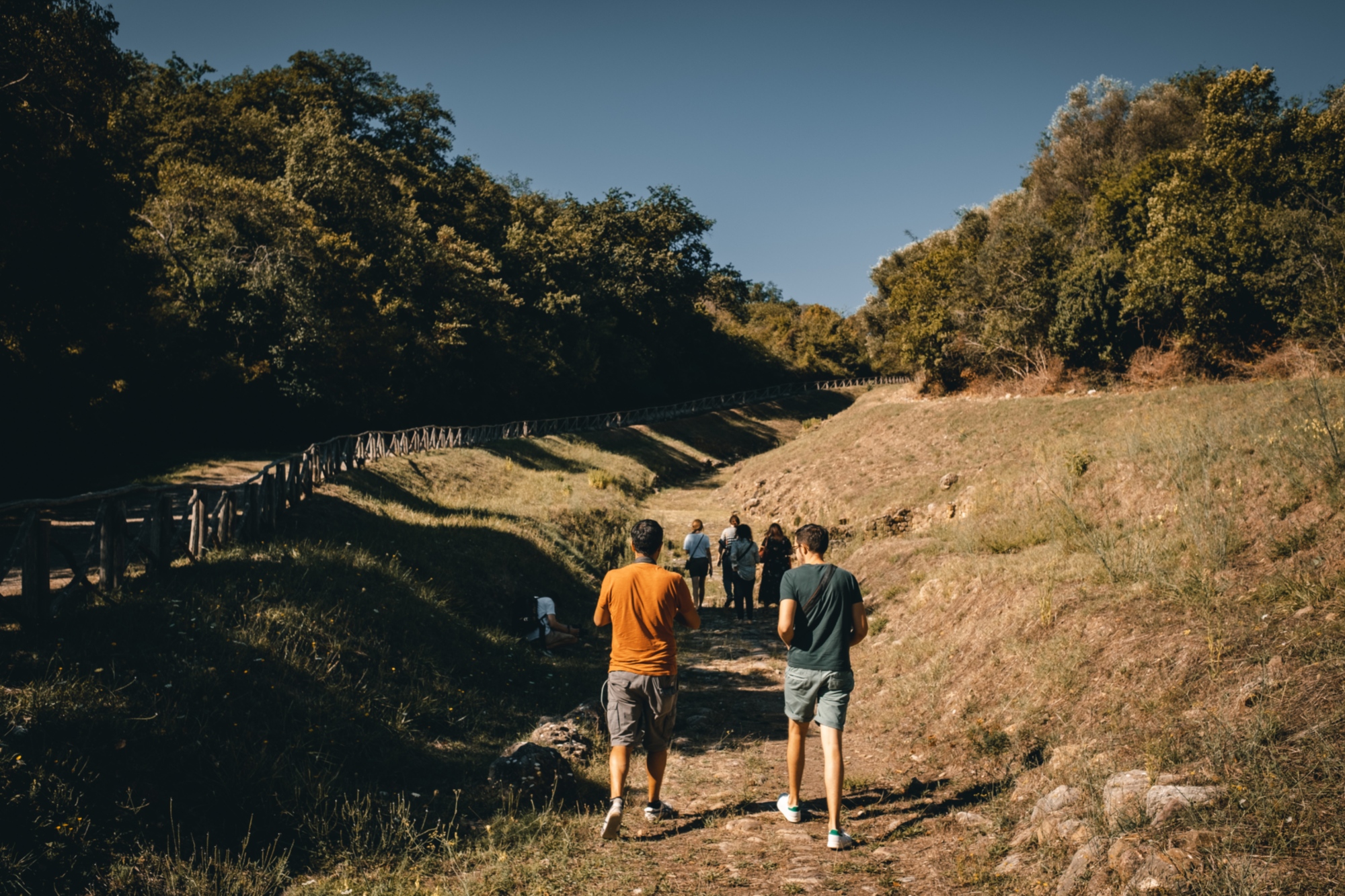

Etruscans, contemporary people
The Etruscan civilization in Tuscany, from food and wine to daily life and the afterlife
Etruscan civilization spread across a vast territory between the Tiber river, the Arno basin and the Mediterranean Sea within the borders of what is now Tuscany, part of Lazio and Umbria, from the 9th to the 1st century BCE. Some historians claim that they originated from Lidia, a region of Asia Minor. Others believe that they came from Northern Greece. What we know for certain is that, after thousands of years, their legacy still excites the whole world due to the contemporary nature of their customs.
The Etruscans never created a single empire, preferring a network of self-governed urban hubs. The dodecapoli was a set of twelve Etruscan city-states, which according to tradition formed a powerful alliance of an economic, religious and military nature. Traveling around Tuscany, from the coast to the countryside, you can explore these ancient city-states as well as visiting unique archaeological parks and museums to learn more about their history.
From the Maremma area to the Valdichiana, from Gavorrano to Montepulciano, this tour explores modern wineries with an ancient past, unique archaeological areas, hot springs, stunning painted tombs, and even age-old recipes that are still alive and well in Tuscany.
Keep in mind it's only a taste of what you can do by travelling in the footsteps of the Etruscans in Tuscany. Of course, there are many other amazing places to visit, both along the coast, (Baratti and Populonia, for example), and inland (such as Volterra). Make sure you also checkout the section of our website dedicated to the Etruscans.
-
1.Etruscan wine in the Maremma area
-
2.Etruscan cities and their spas
-
3.From the underground to eternity in the lands of King Porsenna
-
4.From the Etruscan era to the Renaissance

























The tour starts in the Maremma, at the Rocca di Frassinello winery in Gavorrano. Designed by the famous Italian architect Renzo Piano, this modern cellar offers an archaeological journey to rediscover the viticultural traditions of the Etruscans, who grew grapes here almost 3,000 years ago. The Etruscan route starts at the Necropolis of San Germano (recently discovered on the estate) and goes as far as the permanent cellar exhibition, which showcases countless archaeological finds – mostly jars and goblets used to drink wine – unearthed on the property.
The tour starts in the Maremma, at the Rocca di Frassinello winery in Gavorrano. Designed by the famous Italian architect Renzo Piano, this modern cellar offers an archaeological journey to rediscover the viticultural traditions of the Etruscans, who grew grapes here almost 3,000 years ago. The Etruscan route starts at the Necropolis of San Germano (recently discovered on the estate) and goes as far as the permanent cellar exhibition, which showcases countless archaeological finds – mostly jars and goblets used to drink wine – unearthed on the property.

The second day explores the ancient city of Roselle, one of the most important cities in Etruria. Although the city was abandoned in the Middle Ages, the area holds incredible finds. This includes a three-kilometre section of a defense wall and houses dating to the 7th-6th centuries BCE.
From the ancient city, our players travel through the Val d’Orcia for a quick stop at Bagno Vignoni to explore one of the oldest thermal baths in Tuscany. The tour continues towards Chianciano Terme, whose waters and beneficial properties have been used since the Etruscan and Roman eras. Here players can unwind at the Terme Sensoriali, where 20 different experiences are offered (including relaxation tubs, aromatherapy, chromotherapy, musical therapy, calidarium, Turkish baths, and sprightly showers).
The second day explores the ancient city of Roselle, one of the most important cities in Etruria. Although the city was abandoned in the Middle Ages, the area holds incredible finds. This includes a three-kilometre section of a defense wall and houses dating to the 7th-6th centuries BCE.
From the ancient city, our players travel through the Val d’Orcia for a quick stop at Bagno Vignoni to explore one of the oldest thermal baths in Tuscany. The tour continues towards Chianciano Terme, whose waters and beneficial properties have been used since the Etruscan and Roman eras. Here players can unwind at the Terme Sensoriali, where 20 different experiences are offered (including relaxation tubs, aromatherapy, chromotherapy, musical therapy, calidarium, Turkish baths, and sprightly showers).


Day 3 tours Chiusi, one of the main Etruscan cities ruled by the powerful King Porsenna. Here players will first visit the necropolis before a bike tour with lunch by the lake. The afternoon involves a visit to the city, from the underground labyrinth to the bell tower, before ending at the National Museum of Archaeology.
Day 3 tours Chiusi, one of the main Etruscan cities ruled by the powerful King Porsenna. Here players will first visit the necropolis before a bike tour with lunch by the lake. The afternoon involves a visit to the city, from the underground labyrinth to the bell tower, before ending at the National Museum of Archaeology.

We couldn’t talk about wine and the Etruscans in Val di Chiana without a stop in Montepulciano to learn more about one of the great local specialties: Vino Nobile. On the last day, our players visit the historic city center and its oldest cellars located in the basement of the Renaissance palaces.
Useful links and sources:
Toscana, an Etruscan land (pdf)
La Vita quotidiana della Toscana Antica, Vivere da Etrusco by AMAT
We couldn’t talk about wine and the Etruscans in Val di Chiana without a stop in Montepulciano to learn more about one of the great local specialties: Vino Nobile. On the last day, our players visit the historic city center and its oldest cellars located in the basement of the Renaissance palaces.
Useful links and sources:
Toscana, an Etruscan land (pdf)
La Vita quotidiana della Toscana Antica, Vivere da Etrusco by AMAT


